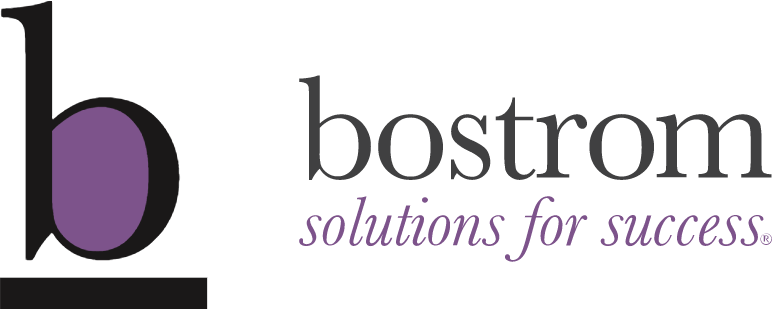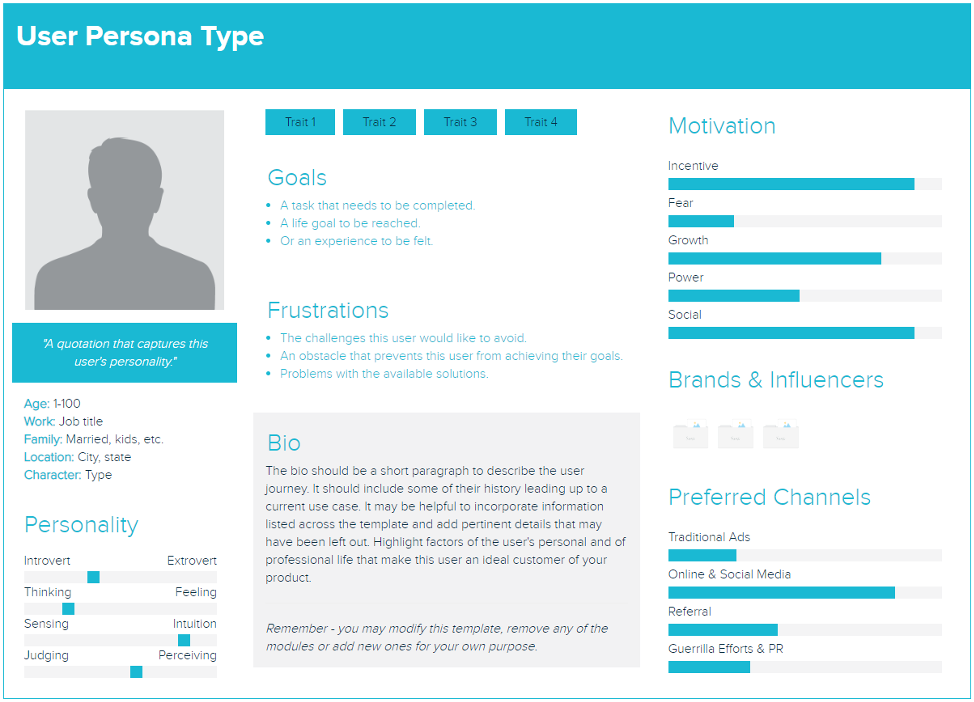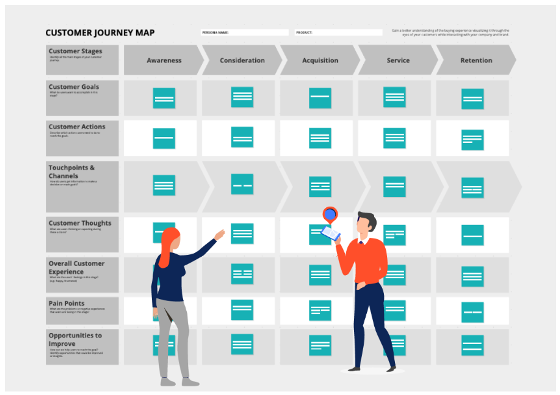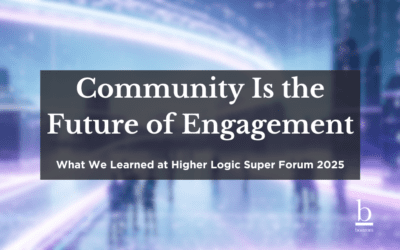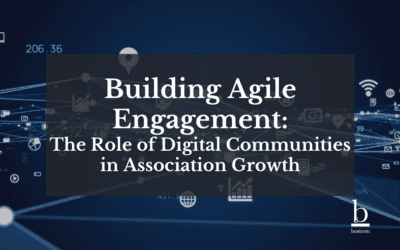First, let’s get the jargon and definitions out of the way.
PERSONA: A customer persona (also known as a buyer persona) is a semi-fictional archetype that represents the key traits of stakeholder segments. Personas are based on the data you’ve collected from user research and web analytics. Personas provide insight into what your customers are thinking and doing as they weigh potential options that address the “problem” they want to solve.
CUSTOMER JOURNEY MAP: A customer journey map is a visual representation of the process a customer (member, prospect, attendee, content consumer, public, or press) goes through to achieve a goal with your association. With the help of a customer journey map, you can get a sense of your customers’ motivations — their needs and pain points.
Why should you know this?
Customer personas and journey maps can provide tremendous value and insight to your association. They can help you:
- Develop a deeper understanding of stakeholder needs and how to solve for them
- Guide future product and program development by guiding innovation that help customers achieve their desired outcomes
- Prioritize which projects, campaigns, and initiatives to invest time and resources in
- Create alignment across the organization and rally other teams around a customer-centric vision
- Address areas of customer dissatisfaction and improve customer ratings
Step 1: Building Personas
Personas don’t have to be created for every type of possible customer you may have. One good way to prioritize them is aligning them with your business objectives. If your membership, certification and annual meeting are the largest generators of revenue in your organization start there. Companies can spend months and thousands of dollars on persona creation but I believe a little time and a lot of empathy can go a long way. And choose a persona profile template that is simple and gets to the heart of your customer needs.
TIP: Xtensio.com has my favorite Persona template. If you visit their site you’ll see a lot of template tools for marketers as well.
Step 2: Touchpoint Identification
In any Customer Journey, touchpoints or interactions with your association need to be identified. For an association, the journey and touchpoints could look like this:
Step 3: The Final Touches
As with Personas, there are many ways to attack the actual mapping process. Conceptboard.com had a pretty good (and free) template for a standard journey that you may find useful. Each stage of the journey is mapped across the top with areas for goals, actions, touchpoints and channels, thoughts, experience, pain points, and room for improvements along the bottom. Using your Personas and Touchpoints data your map will tell the entire story from each Persona’s point of view.
TIP: Drew Davis is a speaker I’ve heard several times and I strongly recommend you view his Customer Journey Mapping Parts 1 and 2 videos on YouTube. They really walk through the empathy aspect of your journey and he comes at the stages in a very unique, entertaining way.
There are companies that can help associations through this process, Bostrom being one of them, and we’d love to get your feedback on your process, pain points, and persona building any time!
